|
Petts Wood
Markfield Beam Engine
Croydon Airport
Perivale Wood
Petts Wood (9 April 2016)

I like to go out travelling on the trains and buses around the suburbs
of London and I find it interesting to see how the various areas differ
from each other. I look at the mixture of old buildings and new ones,
and imagine what it would have been* like when the old ones were newly
built, and even before that. It is not so long ago that many of the
suburbs of London were open countryside and the areas that we have names
for were originally separate villages that have now joined up and are
separated only by a dotted line on the municipal map to show which
council controls which piece. Some of the supermarkets display large
framed prints of the high street in times past, and seeing these whilst
queuing to pay for the groceries makes me want to find out more. The
photos generally go back only as far as the earlier versions of the high
street around the beginning of the twentieth century.
* Omission phrase "it would (have)
been"

A prime example of planned transition from countryside to suburbs is
Petts Wood in the London Borough of Bromley which was built as a "garden
suburb" in the 1930’s by developer Basil Scruby. His aim was to build
homes and a community for prosperous middle class families who wanted to
escape the noise and dirt of London, but still have easy access to their
places of work in the city. The railway station* was built first and
then the houses and community grew up around it, providing high quality
housing within easy reach of the city but with one foot in the country.
With the spread of the suburb, the countryside is now a little further
away and some of my more elderly friends can remember when Petts Wood
and surroundings were entirely farmland, strawberry fields and orchards.
It is still a pleasant green area, and its spaciousness is very
noticeable when compared with other more densely developed areas,
especially those closer to the City.
* "railway station" Write the R stroke first, as it is spoken first

Petts Wood is named after the Pett family, shipbuilders* who held the
woodland on lease for timber which was sent to Chatham for shipbuilding. Phineas Pett was born in Deptford* in 1570 and became a shipbuilder* at
Chatham, rising to the position of First Commissioner* and promoted* by
King Charles to Principal Officer of the Navy. One of his ships "The
Sovereign of the Seas" has given its name to a pub in the centre of the
town. The woodland remains intact, covering 338 acres (136 hectares) and
is managed by the National Trust which ensures that the woods cannot be
built on and will remain for public use and enjoyment.
* Omission phrase "shi(p)builder"
* "Deptford" Pronounced "Detford"
* "commission" and derivatives do not use the Con Dot
* "promoted" Insert the vowel after the M, to distinguish from
"permitted"

As well as the woodlands, there are many green spaces of all sizes, both
open and wooded. It is quite a revelation to follow an enticing green
gap between houses and find a small footpath leading to a long ribbon of
water and tall dense trees, full of birds and birdsong, natural
vegetation and wild flowers. Back home I have to look it up online to
see how much of the stream I actually saw and how much I have missed
whilst on foot, and maybe discover other hidden pathways to add to my
list for investigation during the summer. I am very glad that the Wood
part of the name is still with us in this way and has not become just a
faint reminder of its history. (573 words)
Top of page
Markfield Beam Engine (16
April 2016)

At the end of March we went to an open day at the Markfield Beam Engine
and Museum, which is located in Markfield Park on the River Lea
Navigation Channel next to the Walthamstow reservoirs in north east
London. Like its larger cousins at Crossness in south east London, this
is a steam powered beam engine from the Victorian era, built for the
sewage works which served the Tottenham* and Wood Green area. The engine
and engine house have been fully restored and on certain open days
throughout the year, the engines are steamed up and can be seen in full
operation. They are no longer used for pumping and so the engines are
not under load and the only purpose is to keep them in good order, and
for enthusiasts, visitors and educational* groups to see the glories of
Victorian engineering in action.
* The H is not pronounced, generally spoken as "Totnam"
* "educational" The U diphthong is normally
written outside the Shun Hook but here there is nowhere else for it to go

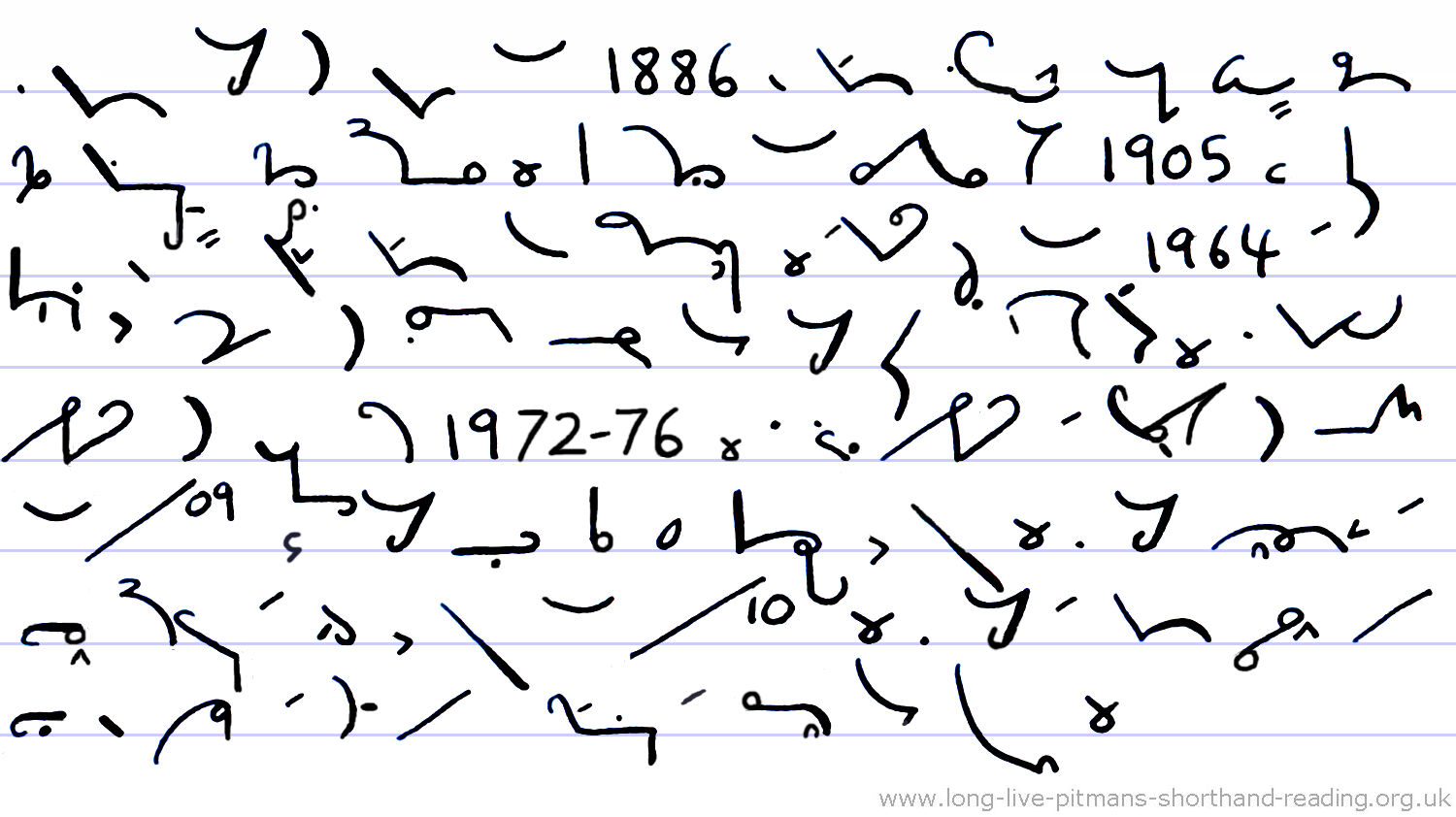
The beam engine was built in 1886 to pump effluent into the London
system towards the Beckton treatment works. It remained in service until
1905 when it was demoted to standby pump for storm water. Operations
ceased in 1964 and all the machinery* was scrapped except for the engine
which was mothballed. A partial restoration was undertaken from 1972 to
1976. A complete restoration and overhaul was carried out* in 2009* when
the engine gave its first demonstration to the public. The engine,
museum and grounds were completed and opened to the public in 2010*. The
engine and pump house are grade two listed and so are protected and
secured for the future.
* "machinery" Optional contraction
* "carried out" Halving for the T
* "2009, 2010" Long slash to represent current century, arbitrary sign
with no phonetic value


The engine is a 100 horsepower* free-standing double-expansion compound rotative beam engine, built by Wood Brothers of Yorkshire. The flywheel*
weighs 17 tons and is 27 feet in diameter. There is a Watt centrifugal*
speed governor* and the drive coupling to the cylinders is a Watt
parallel motion linkage. The engine is built within its own cast iron
frame so that it is independent of the brick building, except for the
flywheel axle fixing which has its own iron frame built into the wall.
When under load, the engine consumed 200 kilos* of coal per hour and the
two pumps together were able to move 4 million gallons* every* 24 hours.
* "horsepower" You could contract this by leaving out the Ray
* "flywheel" It is not practical to join the WHL stroke here
* "centrifugal" Based on the outline for "centre" for convenience, to
obtain a clear and fast outline, similarly "central" "concentric"
* "gove(r)nor" Optional contraction omitting the first R. You could
write it with Vr stroke, but it is clear enough without
* "kilos" "gallons" Both units of measurement, so prudent to insert
vowels
* "every" Insert the final vowel, as "over" would also make sense
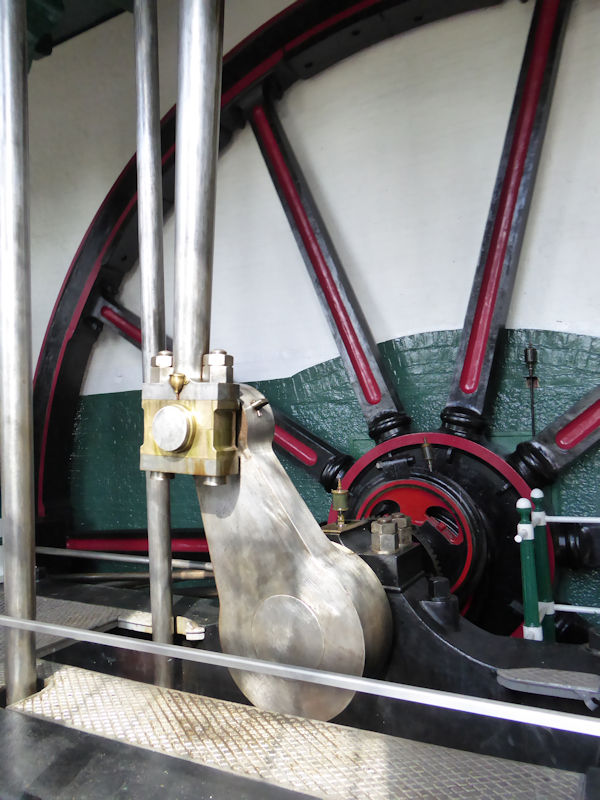

The engine is decorated in an ornate style typical of Victorian times. I
think this was a desire to express high quality and fineness, and our
present-day preference for clean lines and minimalistic* appearance
would have seemed quite strange to them. The Doric columns and acanthus
leaves in dark green with red detail are very smart and pleasing. It is
thought that the original colours were dark and light green, and before
the present version it was light blue and cream. The rocking beam is a
rich red, as befits its superior position, held aloft over all the other
parts of the engine, cylinders and pistons, flywheel and rotating
shafts. Part of its attraction is that you can see all the moving parts
and so get an idea of how it all works, which is both interesting and
educational*.
* "minimalis(t)ic" Omits the T (outline not in dictionary)
* "educational" The U diphthong is
normally written outside the Shun Hook but here there is nowhere else
for it to go
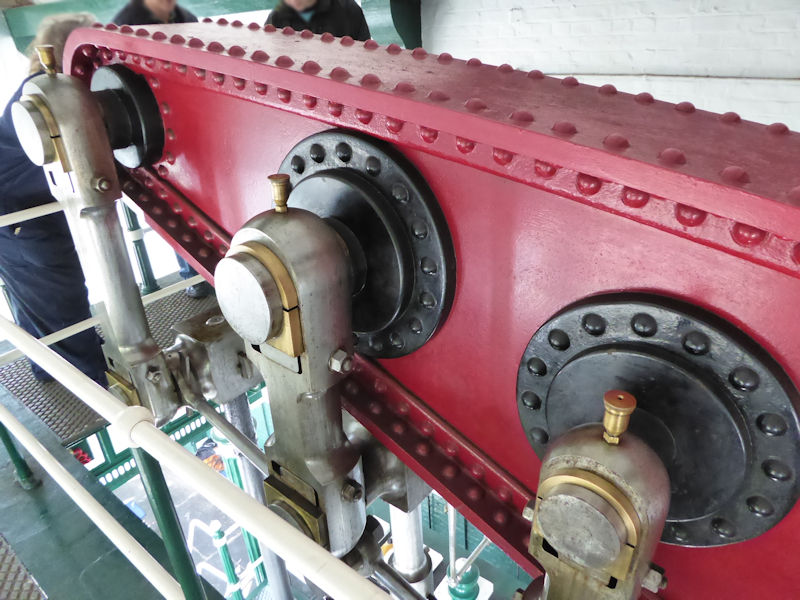

In summer the museum is open twice a month, but only some of these are
steaming days. We arrived at midday half an hour before the start time
of the first demonstration*. This gave us an opportunity to look at the
museum items and read all the information posted around the room,
explaining about the engine in detail and giving the history of the
facility. Beyond the engine room and the museum lobby is a small room
where two oil-fired boilers produce the steam. We were given a detailed
introduction by one of the volunteers, from his vantage point halfway up
the iron stairs above the cylinders, which was very interesting and went
through its history, background and purpose.
* "demonst(r)ation" Omits the R
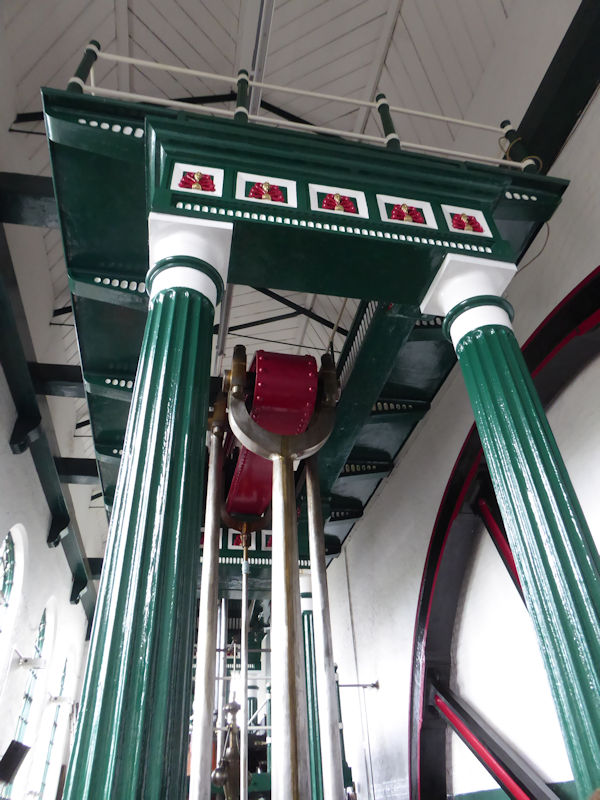
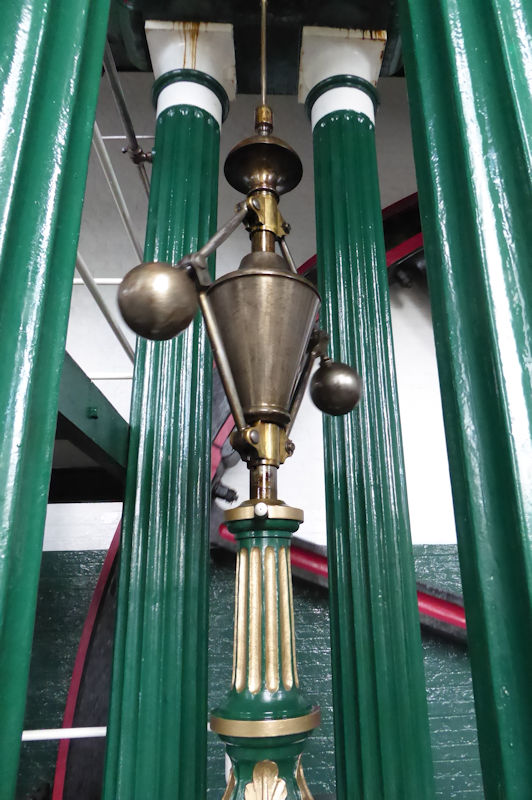

By this time there were* more families with children, sitting and
standing around in the narrow space beside the engine. We were asked to
cheer loudly to help the machine to start up. The machine duly began to
turn, hiss, rumble and thump. The regulator* began spinning, the
flywheel got up to speed and the ends of the giant steel shafts,
attached to it through the cogwheel* mechanism, began their circular
dance. The regular low thumping noise, which seemed to be coming up from
the area below floor level, was proof that it was now alive, with a good
strong heart beating and ready to do some serious work. Alas, in
retirement it does no work, except be an object of admiration by
enthusiasts and a succession of young children who are sure they want
one of their own for their next birthday present.
* Omission phrase "there (w)ere"
* "regulator" The U diphthong sign is placed at the end of the stroke,
as it is an intervening vowel
* "cogwheel" It is not practical to join the WHL stroke here
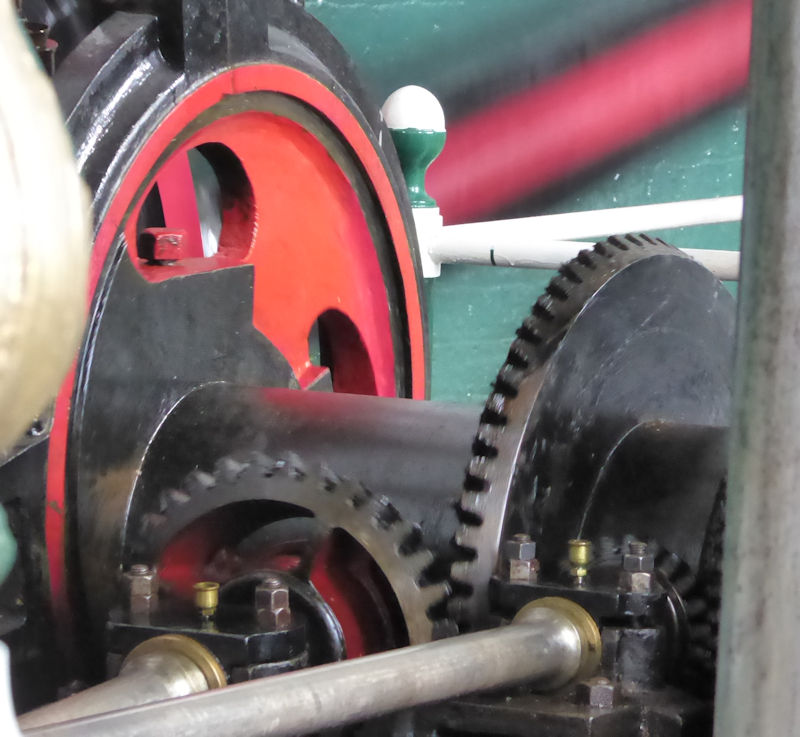
Wheels of the mind are turning - Shall I learn shorthand? -
It would be great to write fast - OK I think I will

Everyone was very polite with people shuffling around so that everyone
could get their photos. About an hour later the engine slowed to a halt
and the puffs of steam died away. Several thousand photos must have
been* safely captured in all the cameras and smartphones. I had pictures
of every part of it, close-ups of the decorative detail, all the
individual components, and the building itself. It was not possible* to
get the whole engine in one picture as there is no room to stand back
and get it all in one view. Afterwards we wandered around the park area,
finally settling on a bench by the riverside to eat our sandwiches.
Although the sun was shining, there was a chilly breeze, and we spent a
short time* watching the swans and ducks* before heading for home. (908
words)
* Omission phrase "must (have) been" "short (t)ime"
* The phrase "was not possible" on its own could used the shortened
"poss", but here it would descend too far below the line.
* "ducks" Insert the vowel, so it is not misread as "dogs"
www.mbeam.org Markfield Beam Engine and Museum
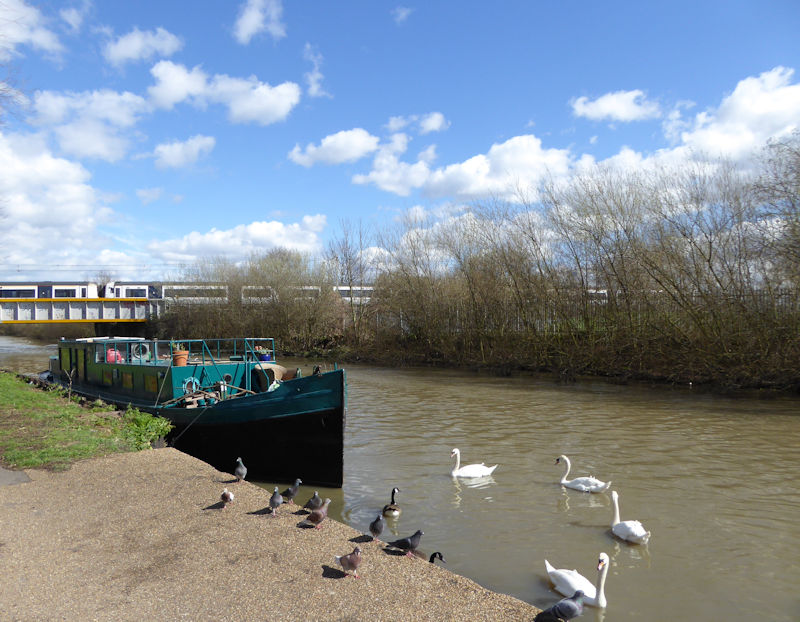
Top of page
Croydon Airport (25 April 2016)
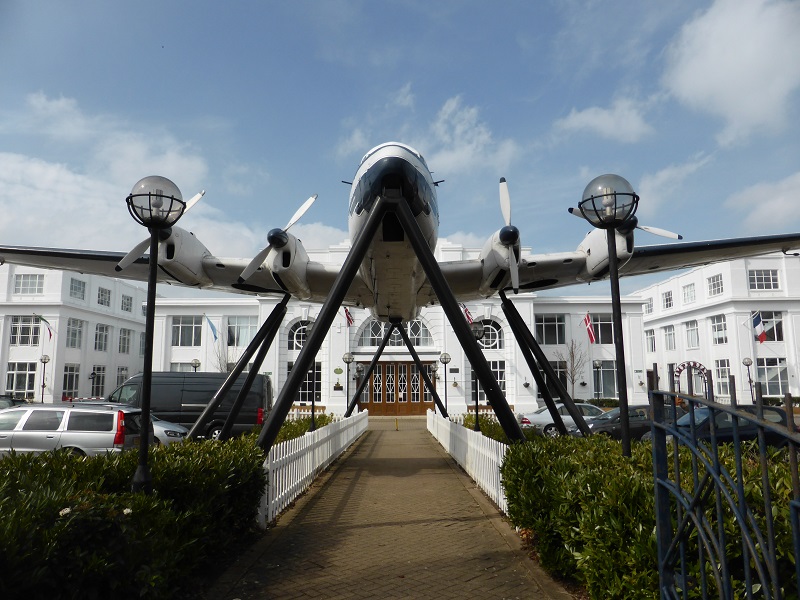

I am always on the lookout for places of interest to visit, in and around
London. I am discovering many places that I did not know existed, even
though I have lived in London all of my life. This happened last month
when we visited the former Croydon Airport in south London. The site is
now mostly* built over with housing, industrial units, playing fields
and parkland. The terminal building is now used as a business centre,
and the booking hall, two small rooms and the control tower are where
the Croydon Airport Society have their displays. The Society hold their
open day once a month and I was expecting to find out some facts about
what I mistakenly* thought was a minor airfield of limited importance,
but probably worth visiting for a day out. I realised I was wrong when I
checked their website prior to the visit, which shows that Croydon
Airport was the first international airport in the world and the source
of all our methods of aircraft and passenger management.
* "mostly" "mistakenly" Both these omit the T
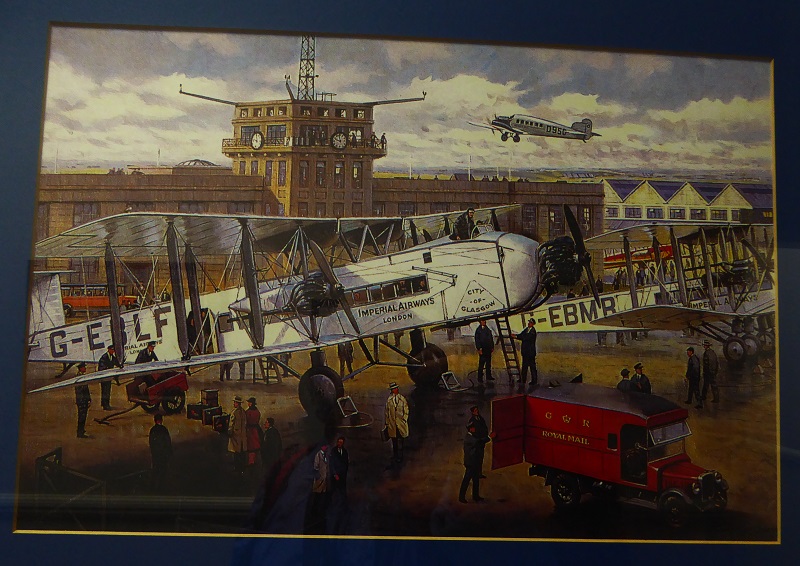
Reproduction of painting by Kenneth McDonough 1930

As we came along Purley Way on the bus, there came into
view the unmissable large white de Havilland Heron airplane on the
forecourt, held aloft on struts over the path leading to the terminal
building entrance now called Airport House. We entered the booking hall
which remains unaltered from the past. The central columnar departure
board showing flight times (not world times, as our guide pointed out)
has long since gone, and the space is occupied by a modern reception
desk. All the walls are covered in photos, prints, posters and other
framed exhibits illustrating the history of the airport. While waiting
for the tour to start, we sat on very comfortable sofas and watched a
video of archive footage of the planes. Our tour began in the rear
corridor, with many more photos and prints on the walls. Our volunteer
guide described the background and history of many of the images, and,
being an older man and a long-term resident of Croydon, he was able to
describe some of the wartime events from personal experience as a
youngster.
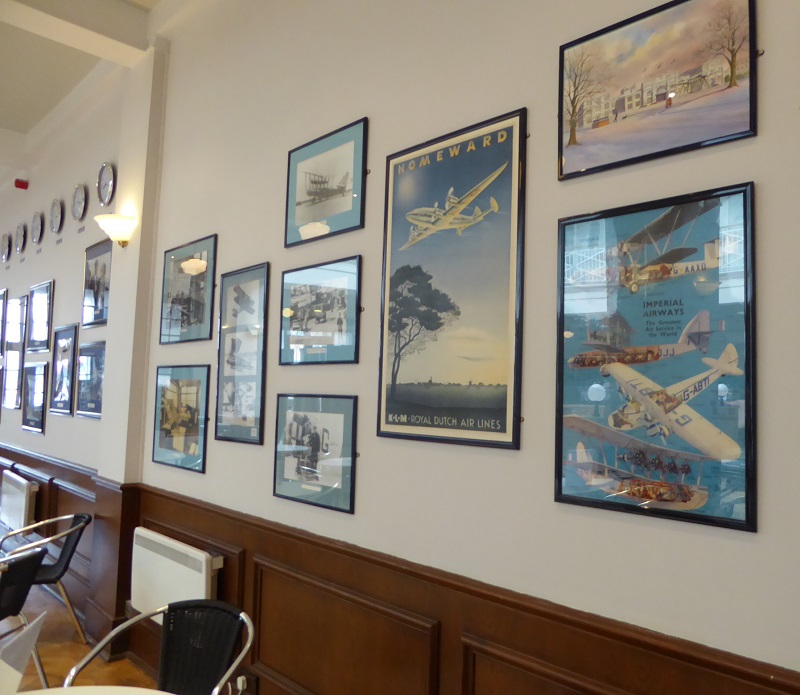

Next we went up the rear staircase, with yet more prints
and posters on the walls, and came to a small room full of exhibits. The
first thing I noticed was the giant 4-blade wooden propeller positioned
between the windows, and we heard about how they were designed in two
pieces, so that they could be transported easily and flown out as
replacements anywhere in the world. Another room leads off this one and
has even more items, mostly in glass cabinets, as well as several
original airplane seats. One is a very early wicker chair and another
wooden one has deep floral cushions to make the passengers feel right at
home. Air travel in those days was a huge novelty and only for the very
wealthy, although the earliest flights were far from comfortable, and
both pilots and passengers might have been open to the weather. Our
guide told us that outfits could be hired from various department stores
for passengers to protect themselves against the cold and wind.
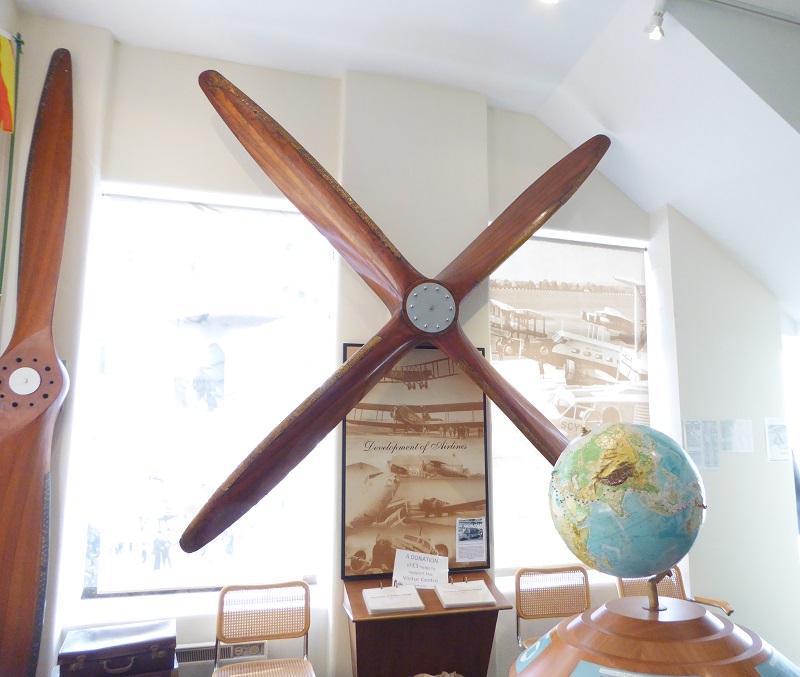
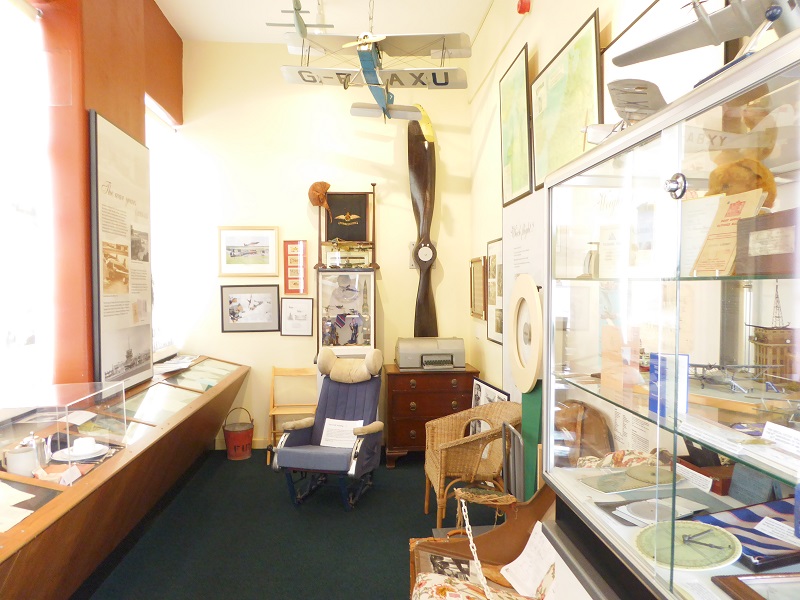

Finally we went up to the control tower, built in 1928, the first in the
world. One corner is a separate glazed section set up to show how it
would have looked when in operation, with all the furniture and
equipment needed to handle all the planes and flights. There are more
display cases and table top models of aircraft. To one side was a family
with children eagerly crowding around a computer screen. They were
engrossed in a flight simulator programme and their young boy was
sitting in the aircraft seat holding the control column, with the
volunteer helping him fly his way around the virtual countryside. After
the tour we were free to wander around at our own pace and make our way
down again, with time to inspect everything more closely.
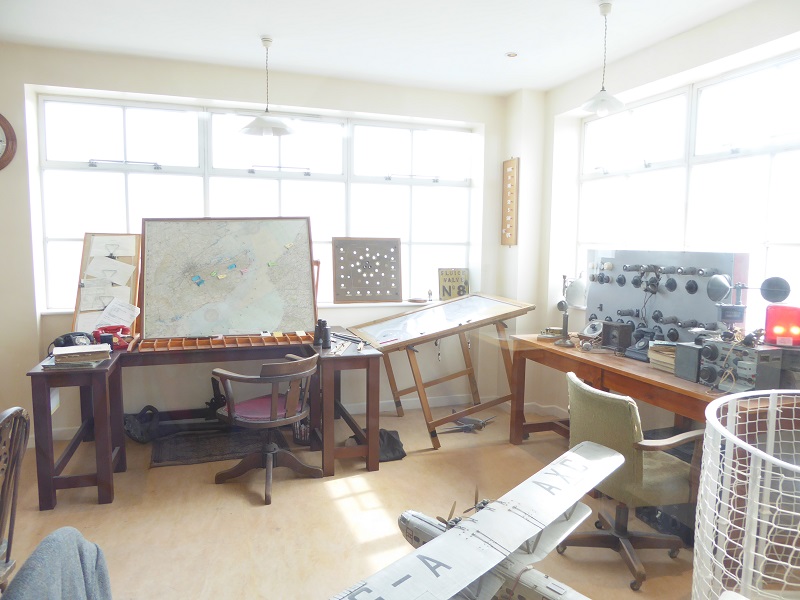
Control tower re-created
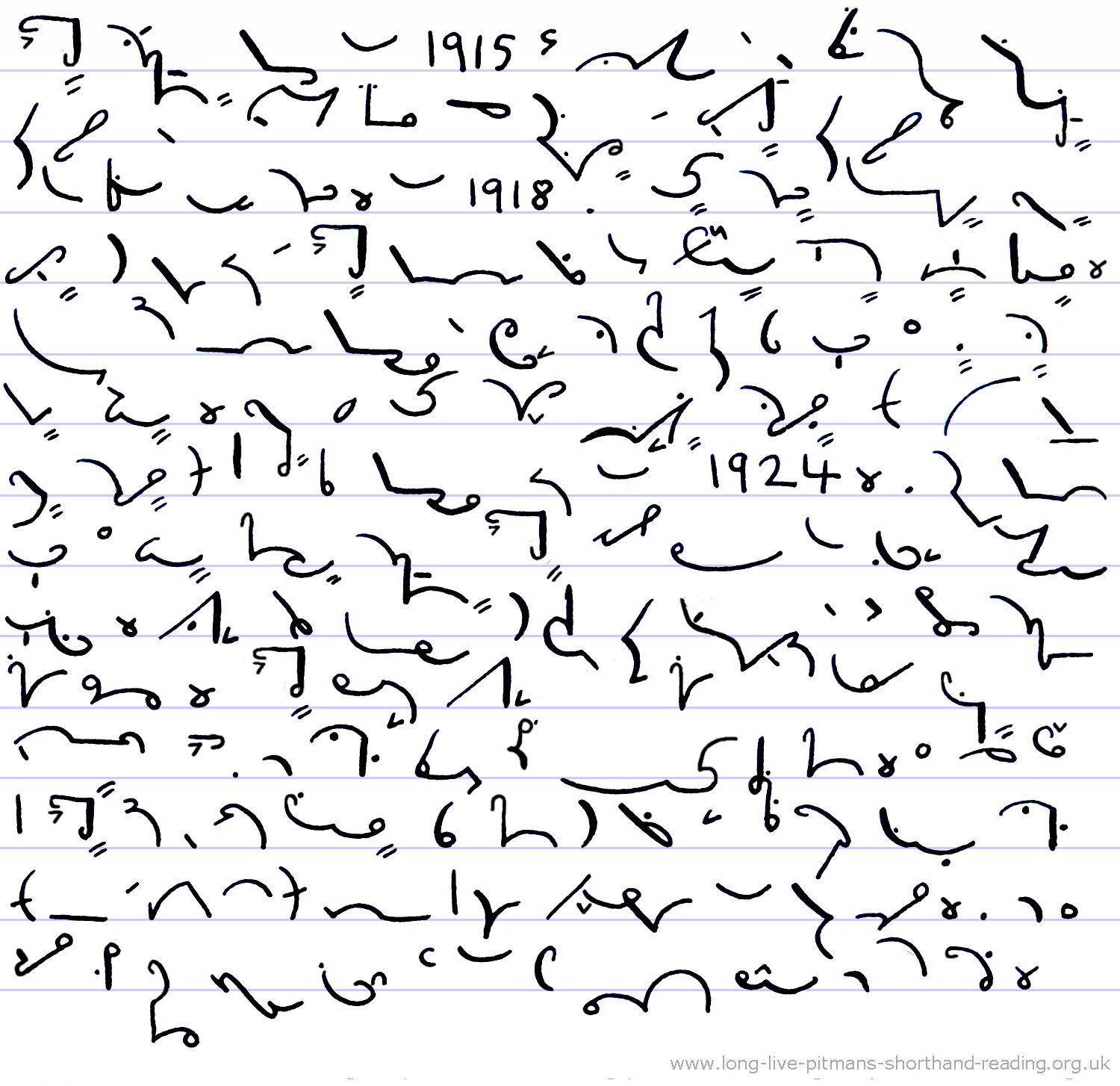
Croydon Aerodrome began in 1915 with the merging of two
adjacent airfields, Beddington which was used to launch attacks against
Zeppelins, and Waddon which was used for testing new aircraft. In 1918
The National Aircraft Factory No.1 was built here and Croydon became the
base for the Royal Flying Corps Home Defence. After the war came the
beginnings of civilian air travel and it was then known as "The Air Port
of London". Britain’s first national airline Imperial Airways (later to
become* British Airways) had its beginnings here in 1924. The airport
became known as London Terminal Aerodrome, Croydon, and was the centre
for aviation engineering innovation. Radio position fixing* was
developed, which was the forerunner of all the subsequent air traffic
control systems. Croydon’s Senior Radio Control Officer Fred Mockford
coined the word "Mayday" which is now the standard international
distress term. As most flights at Croydon were to and from France, this
term was based on the French "Venez m’aider" (come and help me) to make
it easily recognisable in both countries. The word is always said three
times, to prevent confusion with any other similar sounding word or
phrase.
* "to become" Based on the short
form phrase "to be"
*
"fixing, focusing" Always insert the first vowel, as they are similar in
outline and meaning
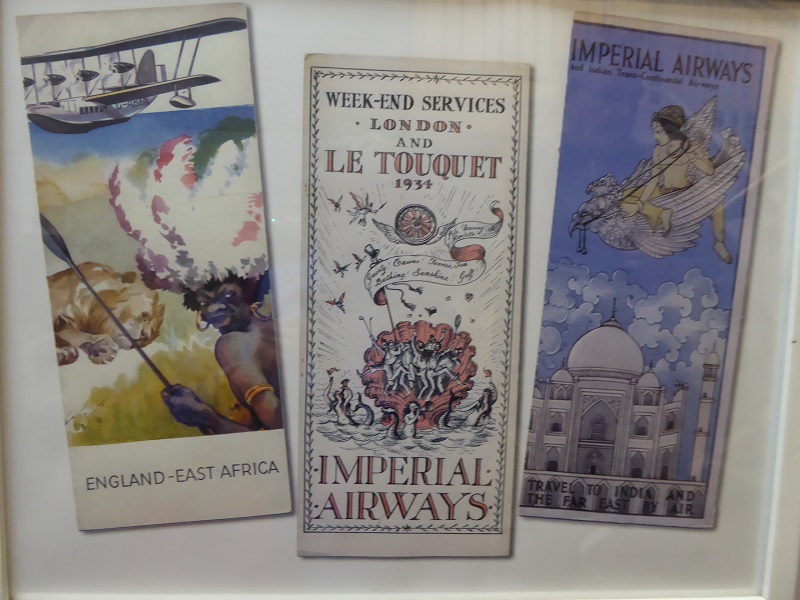

Many record breaking flights started in Croydon,
including those by Alan Cobham, Charles Lindbergh*, Bert Hinkler and Amy
Johnson. Air traffic increased over the years until the Second World War
when the airport had to cease hosting civil airlines and in 1939 it
returned to its former role of defence from air attack and was renamed
RAF Croydon. The area suffered a major Luftwaffe bombing attack in 1940.
By 1943 RAF Transport Command was moving large numbers of troops to and
from Europe. After the war the airport reverted to civil airline use but
the short runways and the lack of room to expand meant it was unable to
retain its role as London’s international airport and it closed on 30
September 1959.
* "Lindbergh" Not in dictionary, this seems the clearest way to write it
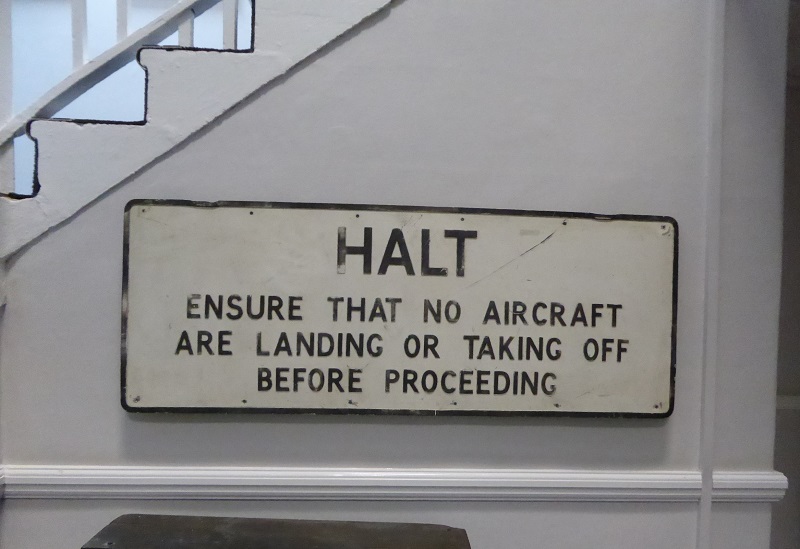
Yes I did, the stairs were clear of aircraft

This place is a real treasure trove of information and history, and of
immense importance in the history of London and of world aviation.
Although the areas for display are somewhat limited, they are packed
with as much material as can be fitted in and one wishes that more space
was available for all their other archive material as well. It is
entirely fitting that they are based on their home turf (literally) and
the only thing missing are the wings in the sky. We left Airport House
with our minds full of the sights and imagined sounds of 44 years of
flying history. The airplane parked outside now looked completely*
different, now that we had learned something of its past. I felt I could
almost hear its engines revving up, ready to take to the skies again,
but it was in fact a couple of motorbikes with noisy exhausts taking
advantage of being the first to move off from the green traffic lights
and take off down the wide straight Purley Way, which cuts through two
open green spaces, just like the tarmac runways that used to be here.
(1163 words)
* "completely" Downward L to balance the outline, which helps keep the
angle sharp
https://www.historiccroydonairport.org.uk
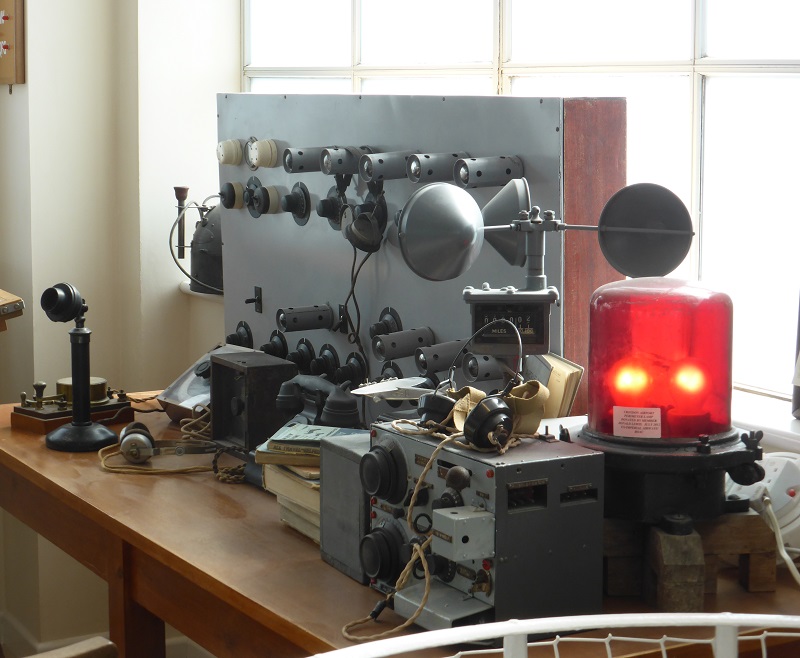
Headset on, ready to take your
automated shorthand dictation
Top of page
Perivale Wood (26 April 2016)
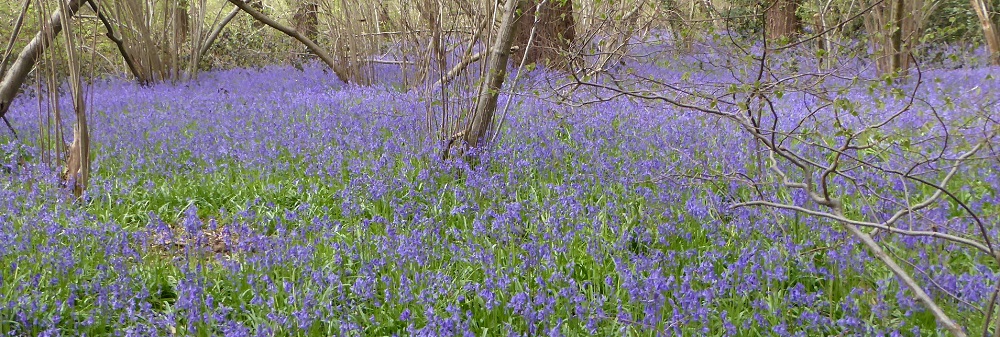

Many apologies to the London Marathon, but we found something better to
do with that particular Sunday. We had another item of interest and
destination in mind. We travelled through London doing our best to
avoid* the crowds from that event, and yet when we arrived at the place,
we found a dense crowd of three million or more all in one enclosed
area. All of them were English despite my expectation*
of seeing a few
Spanish ones amongst the throng. The venue for this amazing* gathering
was Perivale Wood Local Nature Reserve where the Selborne Society were
holding their annual opening of the woods to the public, so that
everyone can have the opportunity to walk around and admire the three
million native English bluebells that fill the wood. We have mostly*
Spanish bluebells at home, which are larger, lighter blue and slightly
stripy, and just a small clump of the true English variety, which are
darker blue, with smaller flowers lined up on one side of the arching
stem.
* "avoid" and "evade" Always insert the
second vowel
* "expectation" Optional contraction
* "amazing" and "amusing" Always insert the second vowel
* "mostly" Omits the T
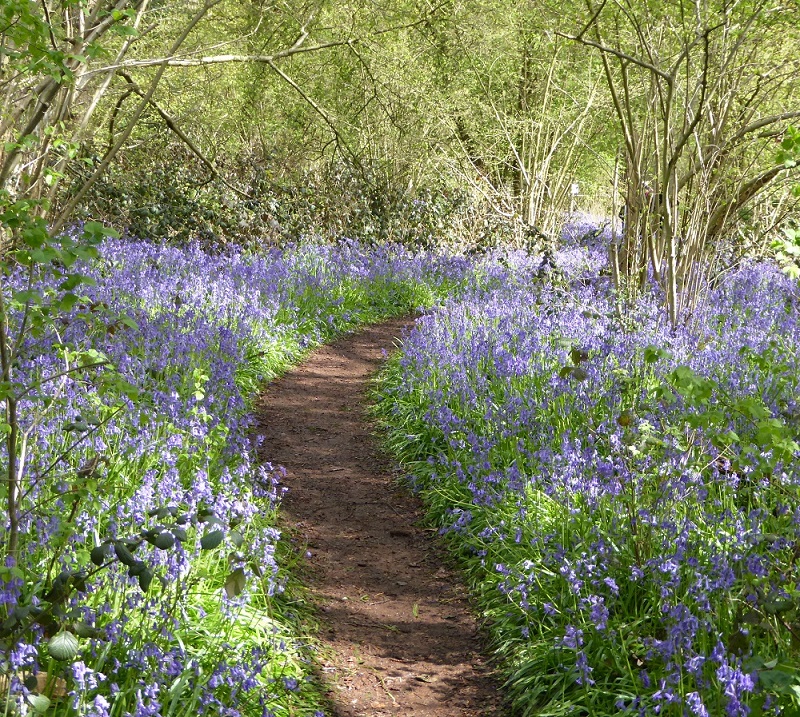

The website said, be warned, the paths are muddy. As we boarded the
train near my home, I realised that I had forgotten to give my oldish*
shoes another layer of wax dubbin as added insurance against the wet, so
whilst on the train I broke off lumps of soft lip salve from the tube
and smeared them over the shoes with a tissue. At last* I felt I was
properly* ready and prepared for everything from loose soil to woodland
puddles and gloop. As we left Perivale Station, we noticed people coming
towards us with a muddy ring around the edge of their shoes. We knew we
were going the right way. We followed our directions which just happened
to coincide with the trail of tiny lumps of mud here and there*, which
increased in density as we neared the entrance.
* "oldish" Both strokes are written downwards
* "at last " "at least" Always
insert the vowel
*
"properly" Always insert the first
vowel, and the diphone in "appropriately", as they are similar
in outline and meaning
* Omission phrase "here (and) there"
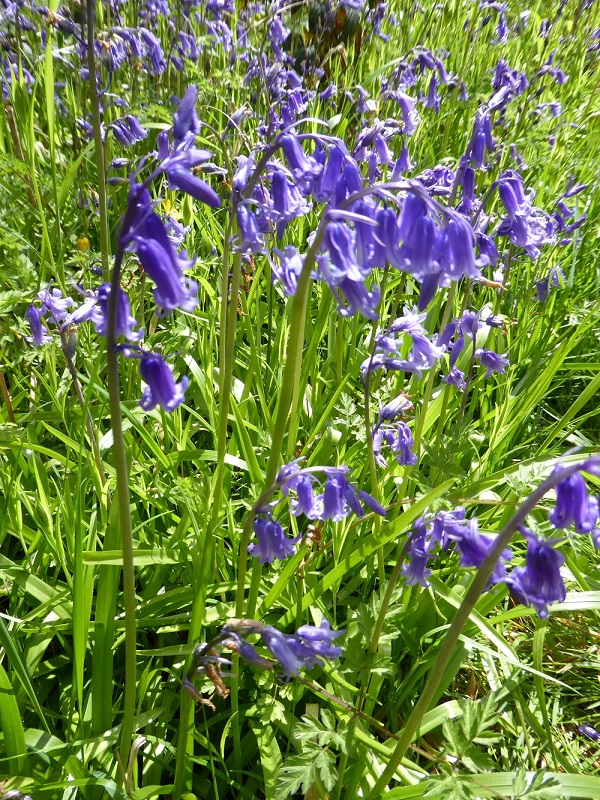

The event was very well attended by families with children. There were*
stalls with maps and pencils to mark off the wildlife found en route,
craft stalls relating to the woodland and an example of a section of
laid hedge. We started the circuit around the woodland, following the
arrows. Wildlife information sheets were pinned to the posts and trees.
We continued swimming through the sea of blue and followed the winding
paths until we had blue left and right, blue at the front and blue at
the back. There were* people in front of us talking about the bluebells
and people behind us talking about the bluebells. This was one of those*
places that demands your whole attention and does not allow you to think
or chat about anything else.
* Omission phrase "there (w)ere"
* "one of those" Insert the vowel in "those" and "these" when they are
in a phrase and out of position
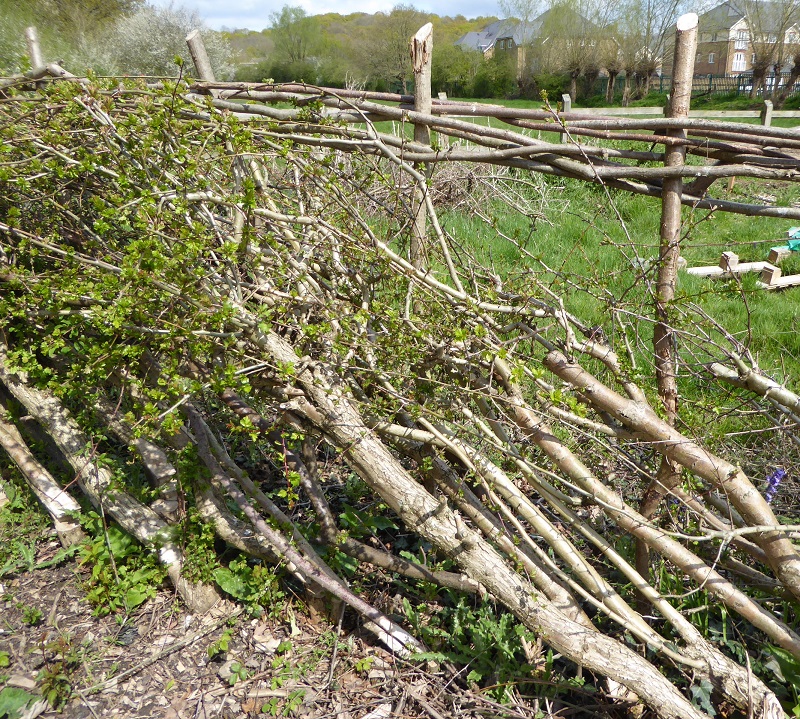

The atmosphere was almost like a party, with everyone invited who wanted
to come and appreciate the national treasure of a bluebell wood.
Everyone had a permanent*
smile on their face and I kept hearing the
phrase "Just look at that!" Of course, looking is not enough, one must
take photos, and when the sun comes out, take the same view again in
brighter colours and more varied contrast of shadows*. I intended taking
this bluebell wood home with me for ever, and then coming back next year
to capture it all again.
* "permanent" See Distinguishing
Outlines 2 page on theory website "prominent, permanent, pre-eminent"
* "shadows" Insert the second vowel, as "shades" could also make sense
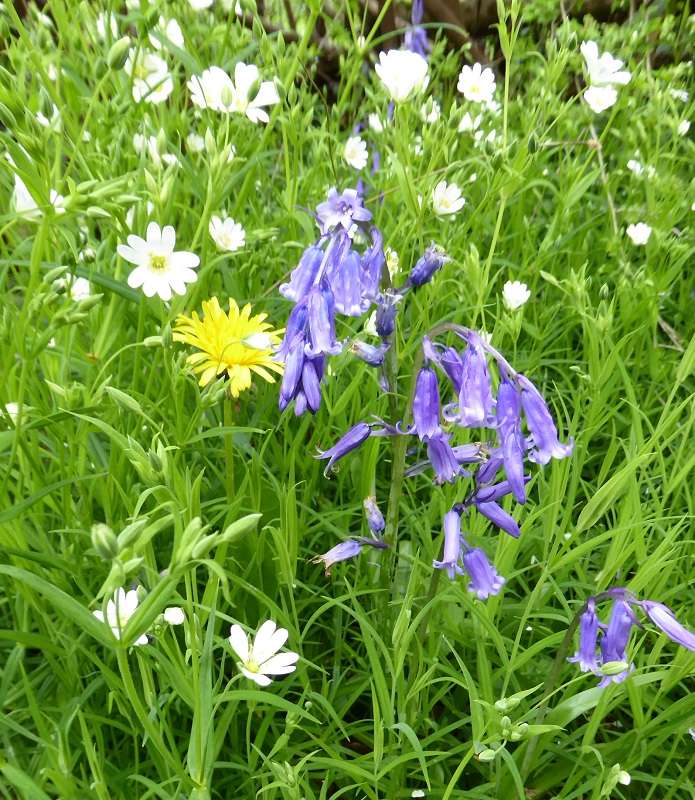

We came upon Little Elms Meadow with more stalls scattered around a
central clear area. As we entered, the Northfields Morris Dancers
started their display of traditional dancing, with bells, white
handkerchiefs and clash sticks (made of hazel from these woods),
accompanied by music on the violin. The wonderful Mr Stag was standing
around and having his photo taken with the children. People were sitting
on logs or their picnic blankets eating their sandwiches. The sun came
out and lit up the trees which were* just showing green buds opening.
I was delighted to be here at this repetition of the long-held English
custom of special events and gatherings to mark the coming of spring, in
a secluded field away from houses and traffic, apart from one or two*
trains passing behind the trees on the boundary bank. After a while we
continued our walk around the remainder of the wood, passing the Grand
Union Canal on the northern boundary where the bluebells gave way to
nettles and less spectacular undergrowth.
* Omission phrases "which (w)ere" "one (or) two"
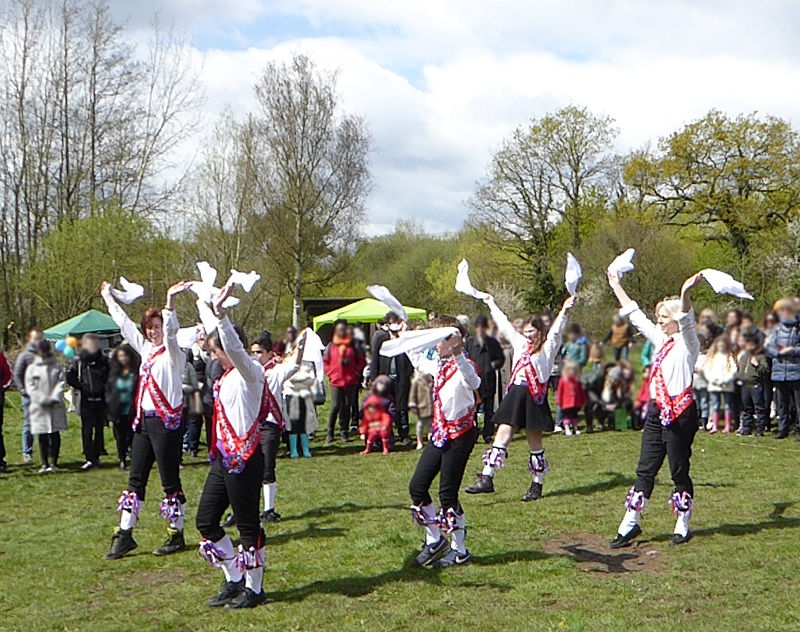
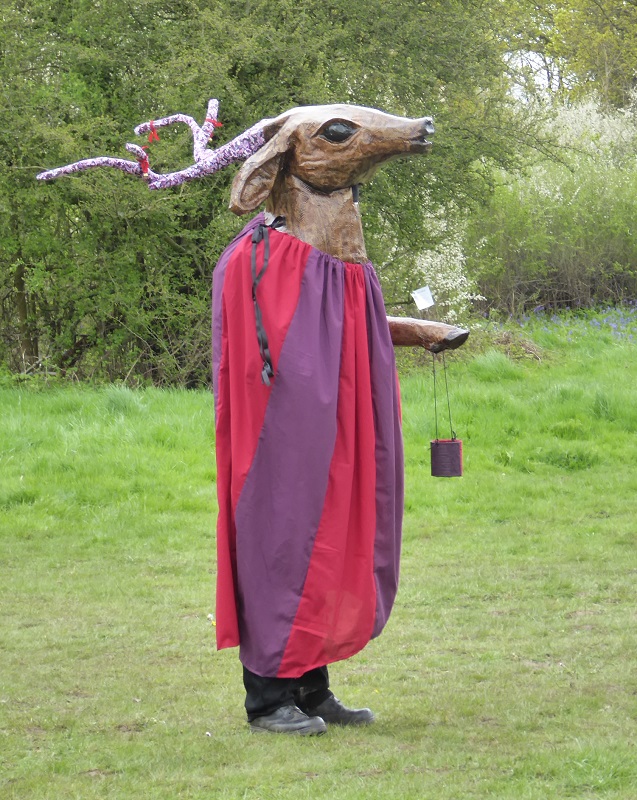

Once home I had a closer look at the printed map, which lists the
quantities of trees and wildlife in the reserve which covers 27 acres
(11 hectares). There are 3,000 hazel trees, 300 large oaks, 100 crab
apples and 10* wild service trees, also maple, ash, hawthorn,
blackthorn, elm, wild privet and cherry. The Paddock is an old permanent
pasture and has 28 species of grass. There are 23 species of butterfly,
including orange tip, speckled wood, purple hairstreak, comma*, small
copper and peacock, and a large variety of moths and beetles, and wild
honey bees. Society members have access all year and so they get to see
the long list of birds, as they walk and sit in the woodland during the
summer and listen for the different songs and flashes of colour. This
great diversity can only be*
found in undisturbed ancient woodland and is
the reason why we must preserve those that we have left, as they can be
managed but cannot be artificially recreated. (877 words)
* "10" Always insert the vowels in the outlines for 10 and 18
* "permanent" See Distinguishing
Outlines 2 page on theory website "prominent, permanent, pre-eminent"
* "can only be" On its own, "only"
is written with full N and L strokes
http://www.northfieldsmorris.com
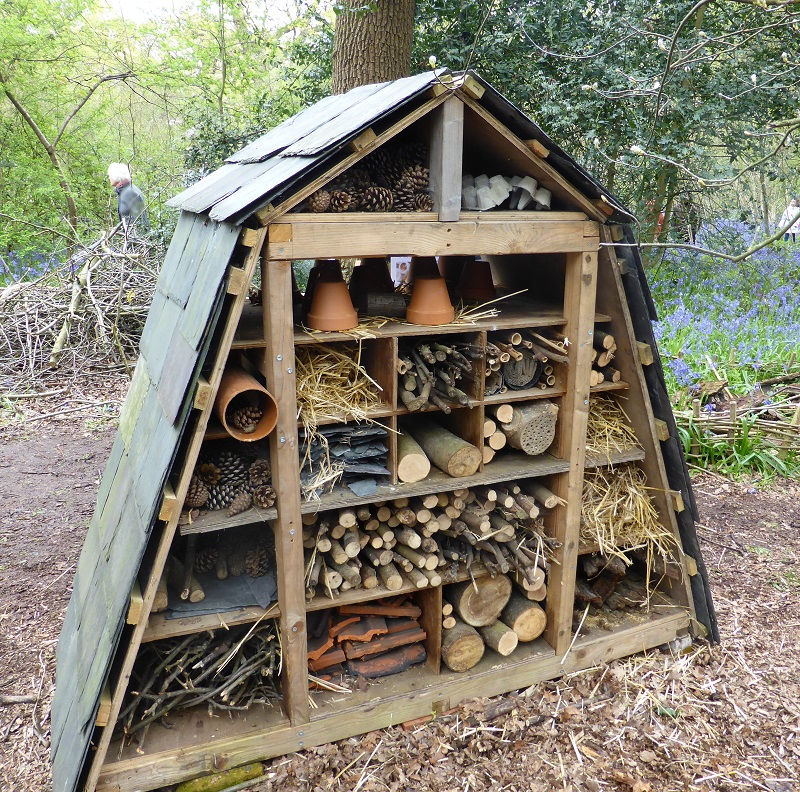
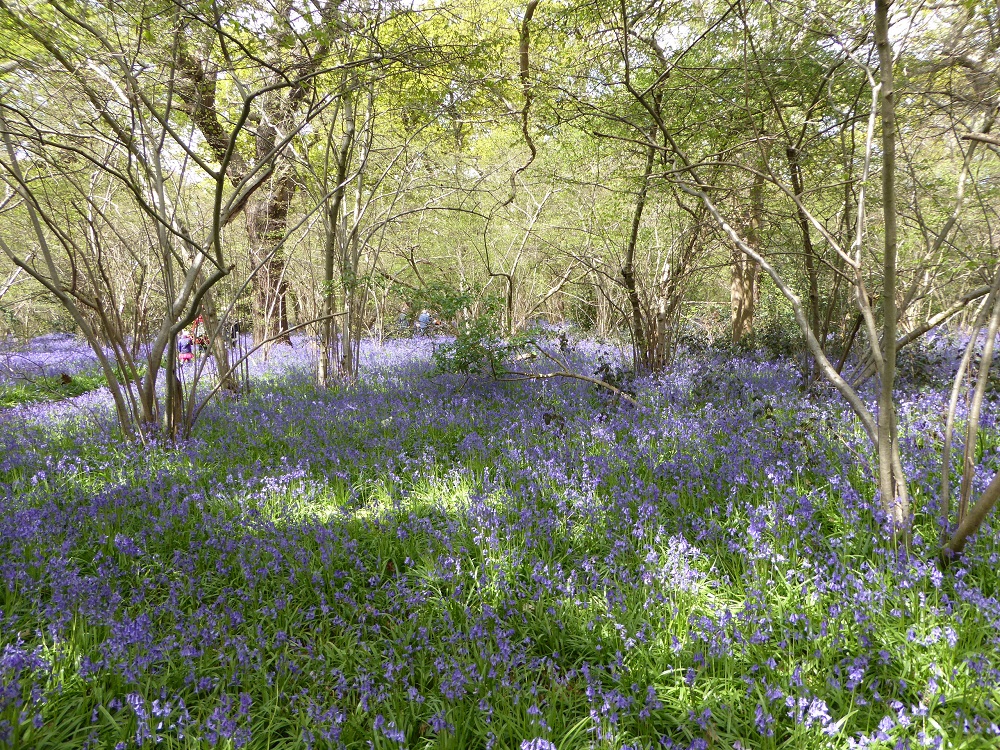
Top of page
|
|
